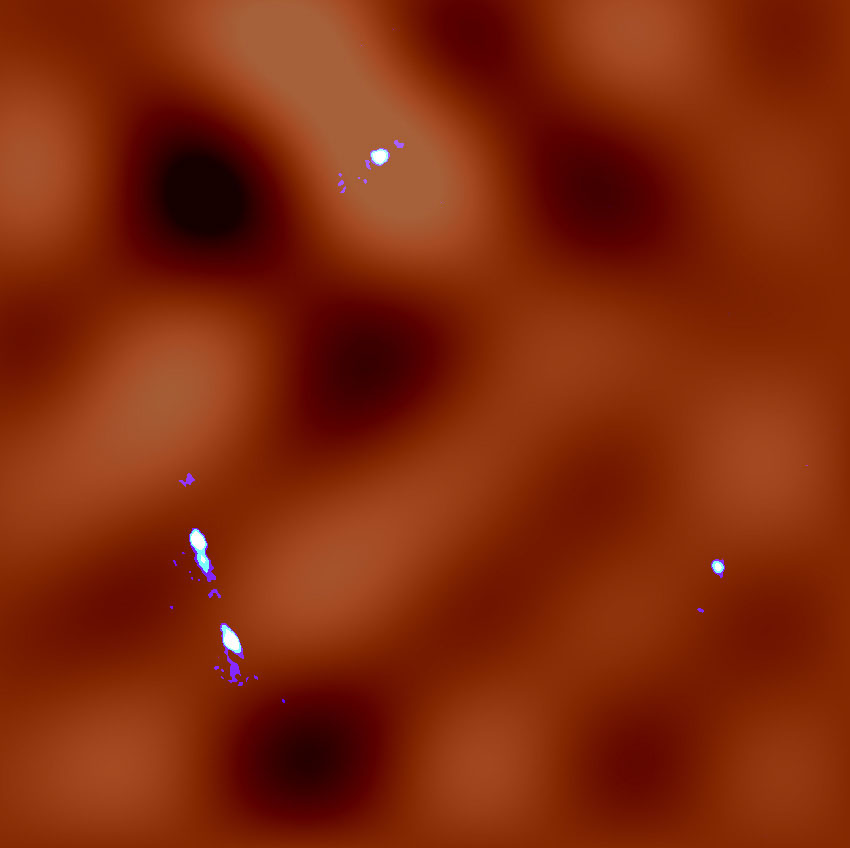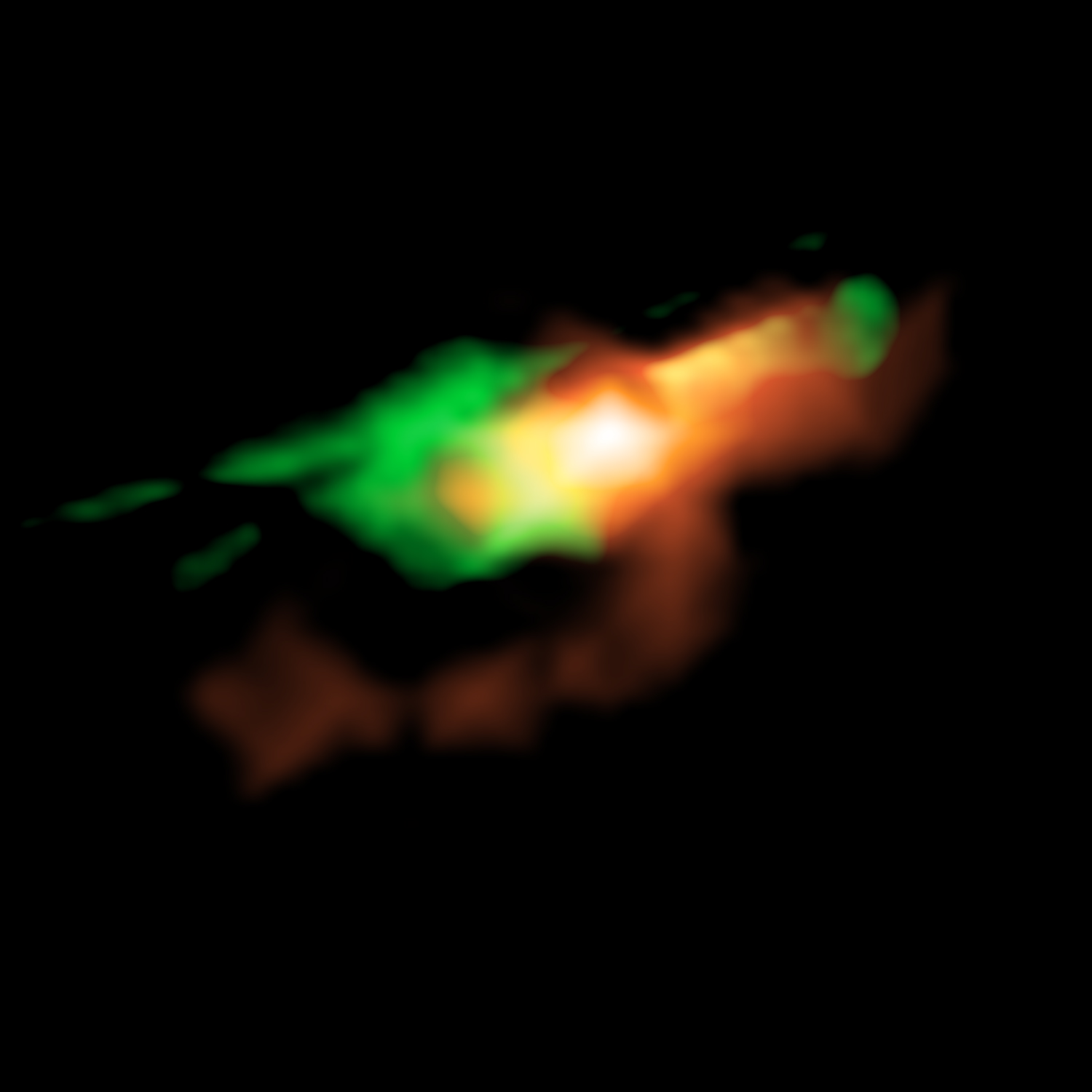
New research has revealed the distribution of dark matter in never before seen detail, down to a scale of 30,000 light-years. The observed distribution fluctuations provide better constraints on the nature of dark matter.
Mysterious dark matter accounts for most of the matter in the Universe. Dark matter is invisible and makes itself know only through its gravitational effects...
Read More






Recent Comments